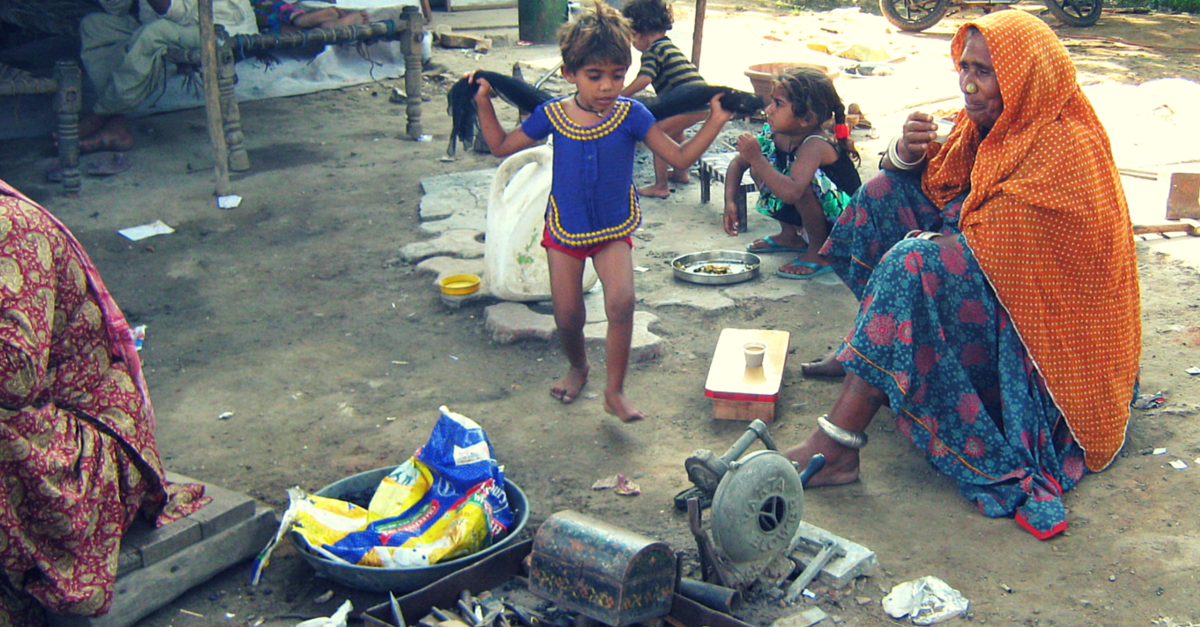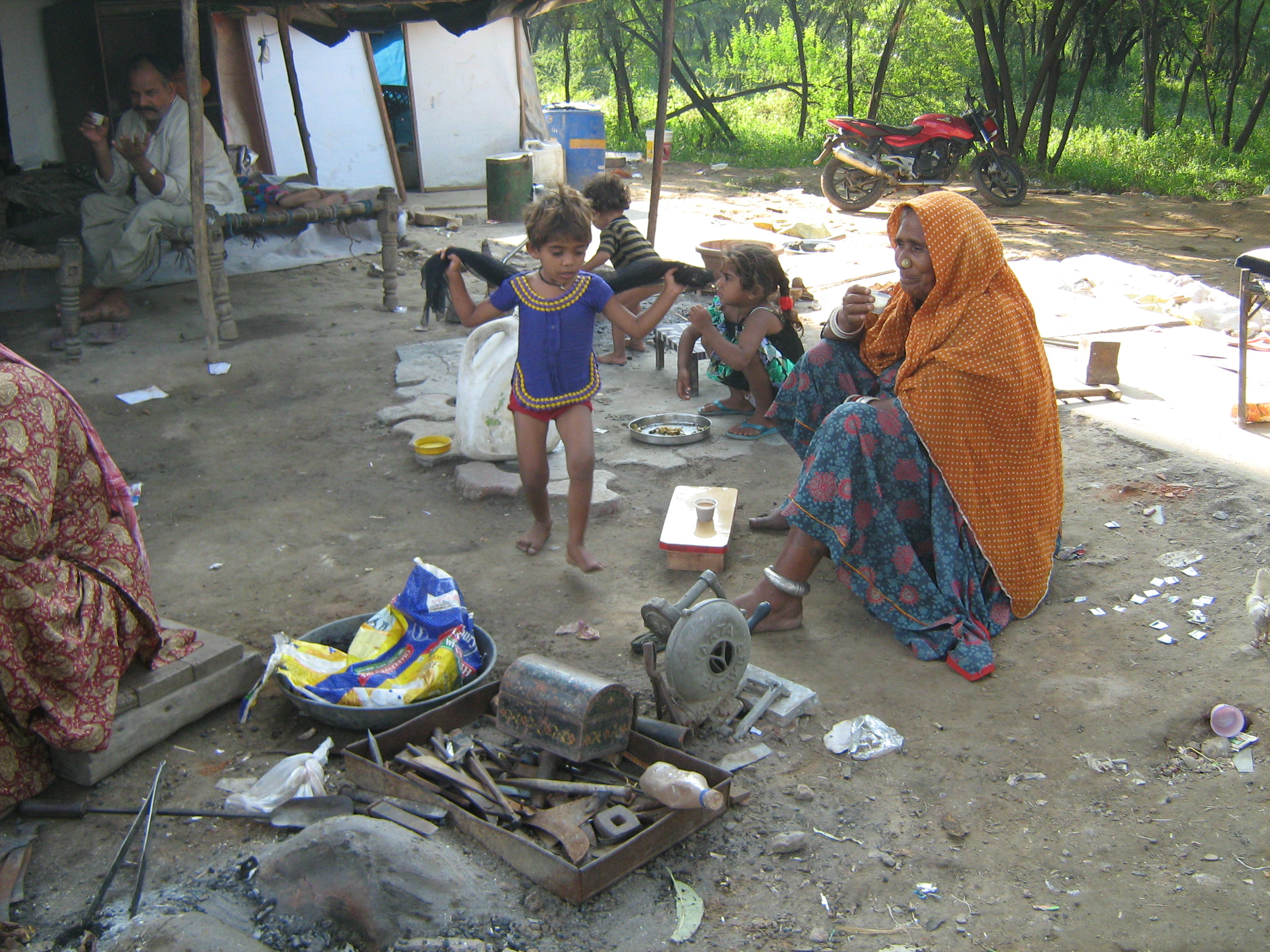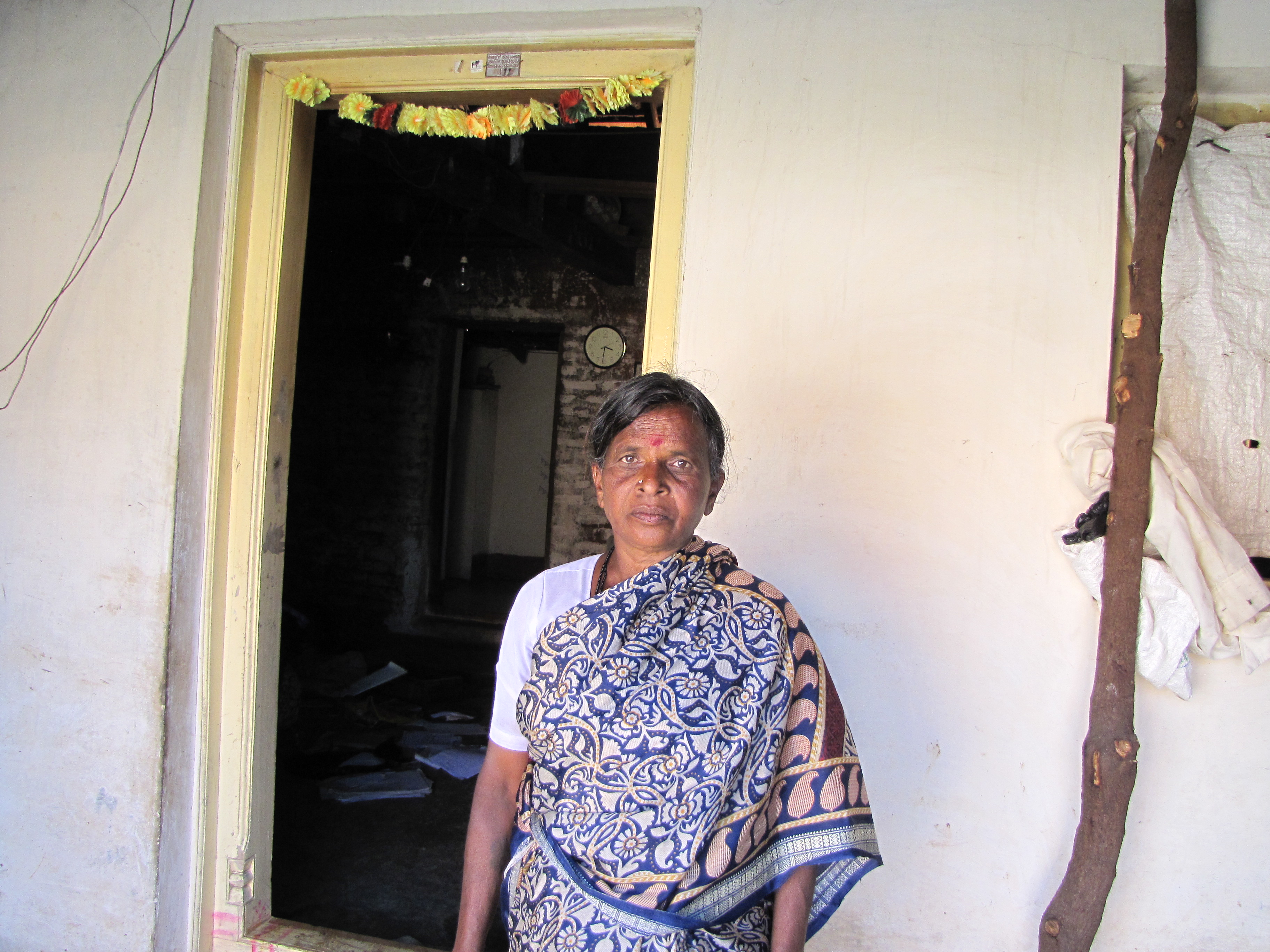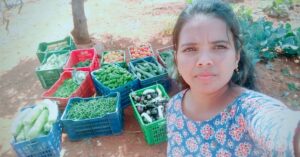The many Government Schemes that can help Landless and Homeless Women lead a more Secure Life
Life for the homeless is no less than a challenge every day. Especially for women. Here is how government schemes can help them live a better life.

Life for the homeless is no less than a challenge every day. Especially for women. Here is how government schemes can help them live a better life.
On the heels of the conviction of Hindi film actor Salman Khan in the 2002 hit-and-run case, one of the most unsavoury reactions to hit the media was something to this effect – ‘roads are meant for cars and dogs, not for people sleeping on them…’ Although insensitive, this comment at once highlights the lives and struggles of the millions who live on the streets across urban India.
Irrespective of why and how they start living in the open, for women particularly each day on the streets is a challenge – whether it is in cooking a meal by the roadside, finding a place to bathe or fending off sexual predators.

Survival in the absence of any tangible assets like a home, land or cattle is a huge challenge, but the ordeal can get really unbearable for single women who are either unmarried, abandoned or widowed.
Maria, a street dweller in Bengaluru, Karnataka’s cosmopolitan capital, has been shifting from one footpath to another for the last decade and she is glad that she is not on her own. In her twenties, Maria came here from Tamil Nadu with her husband and child looking for a better source of livelihood because the family had no land back home. But being homeless has proved far more of a nightmare than she had ever imagined.
“Since we can’t afford rented housing, the men take turns keeping a vigil since women face the constant risk of physical and sexual abuse. My children study in a school run by the state government and we cook on the footpath. Taking a bath every day is not possible as we have to pay to use public toilets and bathrooms. There are some shelters run by the Bruhat Bangalore Mahanagara Palike (BBMP, or the Bengaluru Municipality) but we cannot live there as a family. Also, these facilities are far away from our workplace, making commuting difficult and expensive,” she elaborates.
If landlessness has forced Maria and her family into a permanent life on the city’s pavements, then the same reason compels Hasnath, a native of Raichur, an arid and economically backward district in northern Karnataka, to leave the relative comfort of the countryside for the crowded city for a few months every year.
She comes to work on construction sites getting weekly earnings of Rs. 900 after toiling eight hours daily, six days a week. She lives amidst the dust and rubble, sharing a small living space with her husband, a teenage daughter and other male and female workers.
Like scores of women, both Maria and Hasnath have hardly any idea of government schemes like the Rajiv Awas Yojana (RAY), the Indira Awas Yojana (IAY) or the Bhoo Odethana Yojane, among others, that could help them gain a small foothold in the city or ensure modest homesteads back home.

While the Indira Awas Yojana and Rajiv Awas Yojana are pan-Indian central government schemes initiated in 1985 and 2011, respectively, to ensure housing for the homeless rural and urban poor, the Bhoo Odethana Yojane is a Karnataka state scheme introduced in 1992.
Incidentally, both the central schemes leave out women from their purview by not explicitly granting property ownership rights to them.
What does such systemic omission mean for them? Today, with only 12 per cent of rural Indian women owning land – and their numbers are even smaller in urban areas – the fear of being rendered homeless is an all-pervading one. Women even put up with sustained violence in order to give their children a ‘peaceful’ existence.
Saroja’s experience typifies that of innumerable women living on the streets. A 44-year-old domestic worker, she stays in a small rented accommodation in a low-income Bengaluru neighbourhood with her alcoholic husband and three children.
“My husband used to work as a mason but now he refuses to do anything claiming that he is too old to work. Sometimes I get so fed up, I threaten to leave him, but then he turns on me and says that I would have to pay him for the Rs 30,000 he gave as advance for the 10-month rental lease on our home. How can I even afford to part ways with him? Also, when the landlord threatens to raise the rent or evict us, which is quite often, at least he can tackle him, what can a lone woman like me do in such circumstances?” she asks.
While the odds are heavily against women owning land, a campaign launched by Landesa, a non-profit organisation that advocates for the land rights for women across different states in India, has helped to raise awareness on the issue.

Since 2013, it has been studying women gaining their entitlements under the Bhoo Odethana Yojane (BOY), a land purchase and allocation scheme that is implemented by the Scheduled Caste (SC)/Scheduled Tribes (ST) Development Corporation of Karnataka for the benefit of women agricultural labourers, chiefly Dalits or Adivasis.
According to the rules, the SC/ST Corporation provides 50 per cent subsidy and 50 per cent loan for the purchase of two acres of dry land or one acre of wet land for each beneficiary at a unit cost of Rs 5 lakh. The period of repayment of the loan amount is 10 years at an interest rate of six per cent. The scheme stipulates that the seller of the land must not be a Dalit or Adivasi.
Explains Lokesh S. of Landesa, “When we went to Nagathi Belagal village in Bhadravati taluk of Shimoga district in 2013, we discovered that none of the women had rights to any kind of land originally. Further, they had been unaware of schemes such as BOY or IAY. Therefore, we decided to understand how women and men get the requisite information about what their rights and entitlements are. For this we met with the officers at various levels of government and the Gram Panchayat and learnt that the local government officers/representatives assist the women in availing the relevant benefits by helping them complete the necessary procedures like the submission of caste certificates and the obtaining of land titles.”
Among the beneficiaries of this process in Shimoga district is Lakshmi, 38. A Dalit landless labourer, she came to know about the BOY scheme from a local leader. After she got her name on the list she managed to purchase an acre of land, with the government putting in 50 per cent of the total cost of Rs 2,40,000. Lakshmi has already paid up Rs 60,000 of this in easy instalments. That was the amount she had saved from the time she got married to Harlappa. Today, she is paying out the remainder of the amount from the money she earns by selling the agricultural produce cultivated on the land.
The ownership of the land has brought a new sense of confidence to Lakshmi and others but it obviously took sustained effort by the government and Panchayat members over many years to overcome the initial skepticism of the villagers and ensure this positive outcome.
Land ownership is key to social transformation in rural India, and a roof over one’s head essential in urban settings. But to ensure that women too can work towards achieving this is an extremely difficult process. Despite this, as the Shimoga experience has shown, small steps taken in the right direction can lead to new pathways of life.
(The names of some of the women quoted have been changed to protect their identity.)
Like this story? Or have something to share? Write to us: [email protected], or connect with us on Facebook and Twitter (@thebetterindia).
This story made me
-
97
-
121
-
89
-
167
Tell Us More
We bring stories straight from the heart of India, to inspire millions and create a wave of impact. Our positive movement is growing bigger everyday, and we would love for you to join it.
Please contribute whatever you can, every little penny helps our team in bringing you more stories that support dreams and spread hope.



















